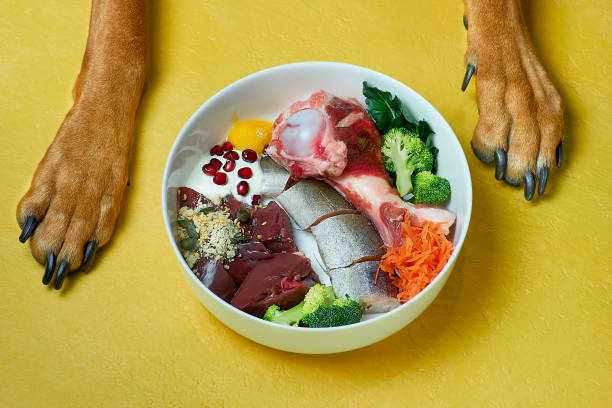
What Are the Global Regulatory Milestones Shaping Cultivated the Indonesia Pet Food Ingredients Market?
Share
According to Green Queen, the path to Indonesia Pet Food Ingredients Market for cell‑cultured ingredients hinges on regulatory approval. In 2024–2025, several countries established novel food frameworks and granted clearances for cultivated proteins—paving the way for pet food applications:
- South Korea & Singapore Approvals: Simple Planet, a South Korean startup, is preparing dossiers for its cell‑cultured protein and omega‑3 fatty acid ingredients in South Korea and Singapore, targeting market entry in 2026.
- Indonesia Engagement: Simple Planet is actively working with Indonesia’s National Agency of Drug and Food Control (BPOM) to align its serum‑free culture medium and cell‑derived ingredients with local safety and halal standards.
Conclusive Statement:
Cell‑cultured pet food ingredients are one regulatory dossier away from Indonesian market entry, backed by frameworks in leading Asia‑Pacific jurisdictions.
- Regulators in key markets now recognize cell‑based ingredients under novel food categories.
- BPOM engagement signals readiness for local approval.
How Are Collaborations Accelerating Cultivated Ingredients for Pets?
According to Green Queen, Partnership models are de‑risking R&D and speeding time‑to‑market for novel pet food lines:
- Friends & Family × Novel Farms (US): This Berkeley–Oakland duo is prototyping cultivated quail, chicken, pork, and even mouse meat for cat and dog foods, with a planned launch in the San Francisco Bay Area in 2025. They are already in dialogue with the FDA’s Center for Veterinary Market Medicine to define safe inclusion rates and labelling requirements.
- Local Research Collaborations: Simple Planet has signed an MoU with Indonesia’s National Research and Innovation Agency (BRIN) to co‑develop cell‑cultured ingredients, and is participating in Indonesia’s national programme for free nutritious meals.
Conclusive Statement:
Public–private and cross‑border partnerships are laying the groundwork for customised, regulatory‑compliant pet food ingredients in Indonesia.
- Shared expertise reduces technical barriers.
- Regulatory data‑sharing accelerates dossier strength.
What Cost Breakthroughs Are Making Cultivated Ingredients Viable for Indonesia?
Achieving price parity with conventional meat is critical for mainstream adoption in cost‑sensitive markets like Indonesia:
Conclusive Statement:
With bioreactor and media innovations, cultivated pet food ingredients are within 1–2× of conventional price points—an inflection points for Indonesian formulators.
- Lower capital costs enable local production facilities.
- Scalable media lowers per‑unit ingredient costs.
What Does This Mean for Indonesia’s Pet Food Ingredient Landscape?
Indonesia’s dynamic pet market—driven by rising pet ownership and growing demand for premium formulas—stands to benefit from these ingredient innovations:
- Enhanced Nutrition: Cell‑cultured proteins boast up to 16× higher protein density than whey, offering more nutritious formulations for therapeutic or premium pet foods.
- Halal Compliance & Sustainability: Serum‑free, probiotic‑derived culture media meets halal criteria and abides by national sustainability goals.
- Market Differentiation: Early adopters can position “lab‑cultivated” or “hybrid” pet foods as both ethical and science‑driven, appealing to discerning consumers in Jakarta, Bali, and beyond.
Conclusive Statement:
Indonesia is poised to become a key market for next‑generation pet food ingredients, combining nutritional superiority, halal assurance, and environmental benefits.
- BRIN and BPOM partnerships signal government support.
- Cost‑effective production models validate commercial viability.
Next Steps
- Engage Local Regulators: Initiate pre‑submission meetings with BPOM to clarify data requirements for cell‑cultured pet food ingredients.
- Form Strategic Alliances: Partner with startups like Simple Planet or research centres under BRIN for technology transfer and pilot studies.
- Pilot Formulations: Develop small‑batch pet food prototypes using hybrid inclusion rates (e.g., 10–25 % cultivated protein) to test palatability and consumer acceptance.
- Cost Modelling: Build detailed financial models incorporating 320 L bioreactor capital costs and media prices to forecast ingredient margins at scale.
- Marketing & Education: Craft consumer communications highlighting nutritional benefits, halal certification, and sustainability to build market trust.